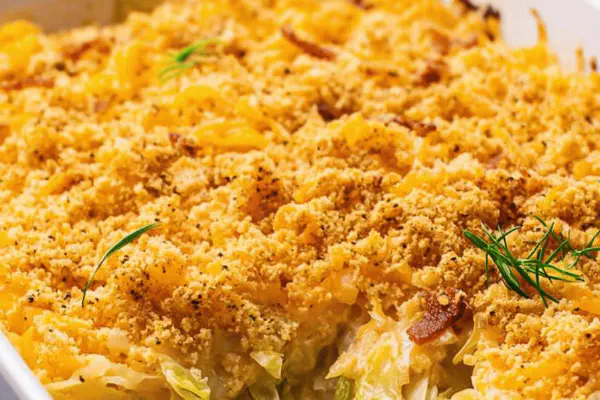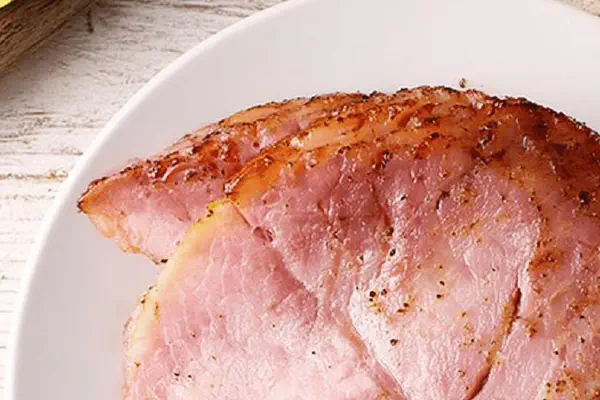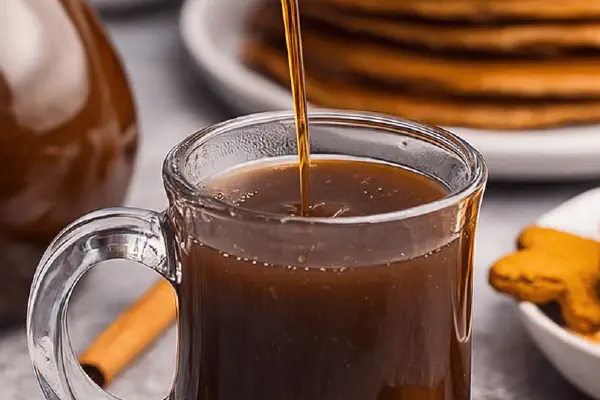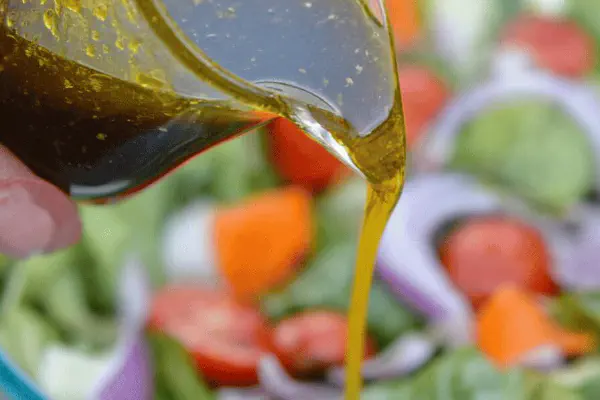Smoky Bacon Onion Relish
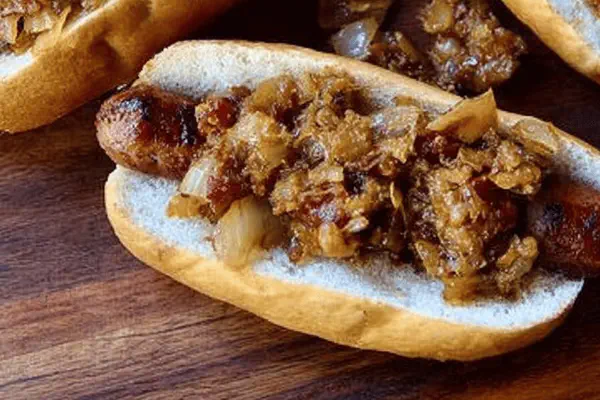
By Emma
Certified Culinary Professional
Ingredients
- 6 slices thick-cut bacon chopped
- 1 medium yellow onion diced
- 1 tablespoon whole grain smoked paprika mustard
- 1 tablespoon packed dark brown sugar
- 1 1/2 tablespoons apple cider vinegar
About the ingredients
Method
- Heat a heavy skillet over medium high until hot. Add chopped bacon in even layer without crowding. Cook stirring occasionally while fat renders, listen for crackling to reach crisp but not burnt. Once bacon pieces hold shape and feel firm, use slotted spoon to transfer to paper towels to drain. Leave about 2 tablespoons bacon fat in pan, pour off excess carefully to avoid smoking or bitter burnt residue.
- Return pan to medium heat. Toss in diced onions. Spread evenly. Let cook undisturbed 3 minutes to start softening and browning bottom edges, then stir. Cook total around 6-7 minutes more. Look for translucent, lightly caramelized pieces with softened texture but not mushy.
- Off heat now to slow flavors melding. Stir in smoked paprika mustard, brown sugar, and apple cider vinegar. Feel free to slightly increase vinegar if you prefer a sharper tang — tastes change over time. Return bacon pieces, fold everything together gently. The warmth here is enough to marry ingredients without overcooking.
- Serve immediately over hot dogs, bratwurst, or grilled sausages—smell smoky, sweet, bright. If cooling leftovers, reheat gently in skillet to restore aroma and texture. Add pinch of cayenne if you want mild heat.
- Pro tip — reserved bacon fat is key. Too little and onions stick or lack depth; too much and it overwhelms. Adjust to pan size and bacon fat rendered. Avoid high heat when cooking onions or they'll burn and turn bitter, ruining balance.
- Substitute: use Dijon mustard but reduce vinegar by half for less acid punch. White sugar can replace brown but dark notes are lost. Shallots instead of onions give milder sweetness but cook faster so watch closely.
- Common fail — draining bacon too early leaves soggy bacon in relish. Let bacon dry and cool slightly before mixing. Also, too much stirring onions prevents caramelization; patience makes all the difference.
Cooking tips
Chef's notes
- 💡 Start hot skillet medium high heat; hear that bacon crackle fade. Bacon needs space no crowding and slow fat render. Pull out once firm but not burnt. Drain excess fat leave about 2 tablespoons for onions—in too much and onions swim greasy, too little and they stick and burn. Timing is sensory not exact minutes.
- 💡 Onions go in after bacon fat sort of settled—in even single layer no stirring first 3 minutes helps bottom caramelize. Look for translucent edges with soft texture but not mush. Stir gently scraping browned bits—flavor boosts there. Turn heat down mid-cook if edges brown too fast or sharp burnt smell shows up.
- 💡 Mustard swap crucial; smoked paprika mustard gives smoky heat without bitterness Dijon would punch more acid. Adjust vinegar some if switching types—less if Dijon, more if mild vinegar like wine or sherry. Brown sugar balances acid remember—skip and it’ll taste flat or harsh. Always off heat before mixing mustard to save flavor punch.
- 💡 Bacon fat reserved is magic but tricky—too much overwhelms, too little makes sticking. Adjust by pan size and bacon thickness. Thicker bacon is easier rendering crisp fat but needs longer cook time. Thin slices burn fast. Pour excess fat carefully to avoid bitter burnt smells, let pan cool slightly before vinegar and sugar goes in.
- 💡 If onions burn, no fix but restart or add fresh diced raw onion to balance bitterness quickly. Bacon soggy? Often from draining too early or cooking bacon on too low heat so grease not rendered out. Always pull bacon crispy then drain well. Reheat leftovers gentle in skillet not microwave or bacon goes chewy uneven fat melt.
- 💡 Substitutions change mouthfeel—use Dijon mustard but reduce vinegar half or acidity spikes. White sugar can replace brown sugar but expect loss of caramel notes. Shallots instead of yellow onion faster cooking need closer watch for softening and color. Apple cider vinegar can swap with sherry or white wine vinegar, adjust sugar accordingly for balance.
Common questions
How to tell when bacon is ready?
Listen for crackle fade. Pieces firm yet holding shape. Not burnt or soft. Drain on paper towel quick. Too soon means soggy. Too late turns bitter burnt taste. It’s about feel more than timer.
Can I use a different mustard?
Yes, Dijon works but vinegar needs downward tweak else too sharp. Curry mustard adds unexpected spice but changes flavor profile. Regular mustard less smoky so add smoked paprika separately if needed. Mustard not cooked long off heat to keep punch intact.
Why do onions stick or burn?
Too little bacon fat or uneven heat. Spread onions single layer undisturbed first few minutes helps brown edges but no stirring. If heat too high they blacken fast and turn bitter. Adjust as needed; stirring too often interrupts caramelization process.
How to store leftovers?
Refrigerate covered container. Reheat gently in skillet low heat to keep texture crisp. Avoid microwave fat melts uneven bacon gets chewy. Leftovers develop deeper flavor after sitting overnight. Can save reserved bacon fat separately, use within days or freeze for veggies.
